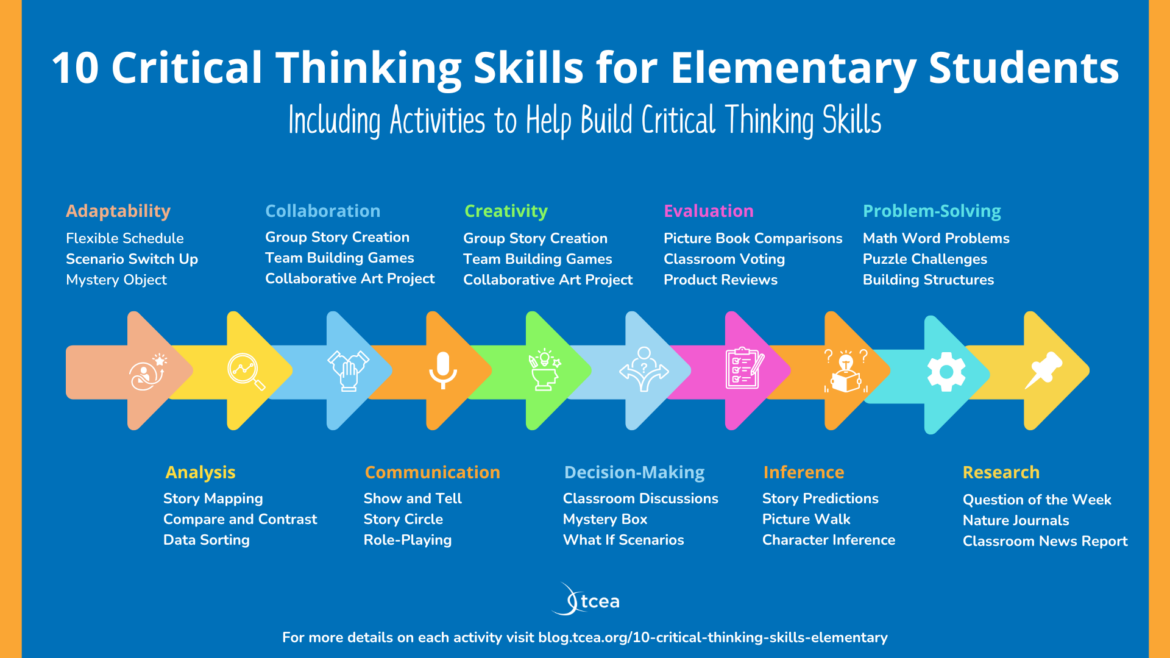As students dive into the complexities of the world, it’s crucial to equip elementary learners with strong critical thinking skills. One study shows that developing these skills can really boost students’ academic performance and problem-solving abilities.
When we foster these skills early, we’re setting up our young learners to analyze information, make smart decisions, and adapt to new situations with confidence and creativity. So, let’s jump in and check out some critical thinking skills activities that can help spark curiosity and strengthen these essential skills in elementary students!
Fostering Adaptability in Elementary School
Adaptability is the ability to embrace new ideas and adjust perspectives based on fresh evidence or insights.
Imagine being a superhero, using your powers to tackle various challenges—that’s the essence of adaptability! For young learners, developing this crucial skill helps them navigate new situations, embrace change, and recover from setbacks. As they learn to adjust their approaches, they build confidence and resilience that will benefit them throughout their lives. Here are some engaging activities designed to foster adaptability skills in elementary students.
Adaptability Activities for Elementary School
Flexible Schedule
Allow students to create their own schedule for a day or a week, but introduce changes along the way (e.g., shifting activities around). This helps them practice adjusting their plans and managing time effectively, giving them a realistic glimpse into daily life!
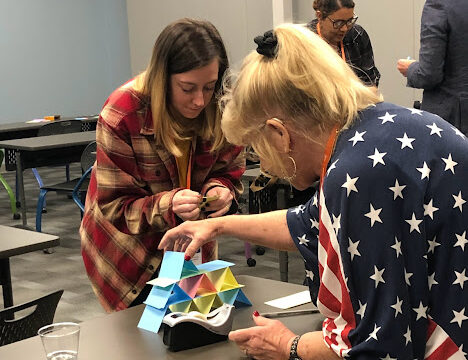
Team Building Games: Engage students in activities like or “Tower Building” with limited materials. As they work together, introduce new rules or challenges to see how they adapt their strategies.
Mystery Object
Present an object and ask students to come up with multiple uses for it. This fosters flexibility in thinking and encourages them to view challenges from different angles. You might be surprised by the imaginative solutions they come up with.
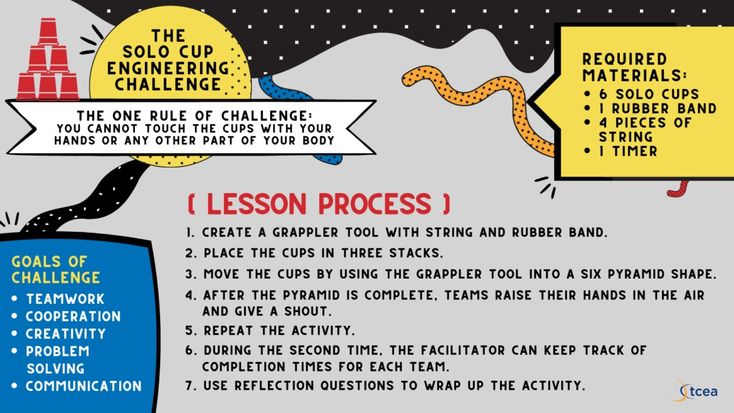
Bonus: Solo-Cup Engineering Challenge
Enhancing Analysis Skills in Elementary Students
Analysis is the ability to break down complex information into smaller parts, identifying patterns and relationships.
Imagine taking a complex puzzle and breaking it into manageable pieces—now that’s a skill to cherish! It’s all about spotting patterns and relationships that help clarify the big picture. For elementary learners, developing analysis and critical thinking skills is crucial; it empowers them to ask questions, solve problems, and think independently. Here are some fun activities designed to help young students build this essential, future-ready skill. Let’s jump in!
Analysis Activities for Elementary School
Story Mapping
Have students create a visual map of a story, identifying characters, setting, problem, and resolution. This helps them break down and analyze the narrative structure. Plus, it’s a creative way for them to visualize the story elements and see how they connect!
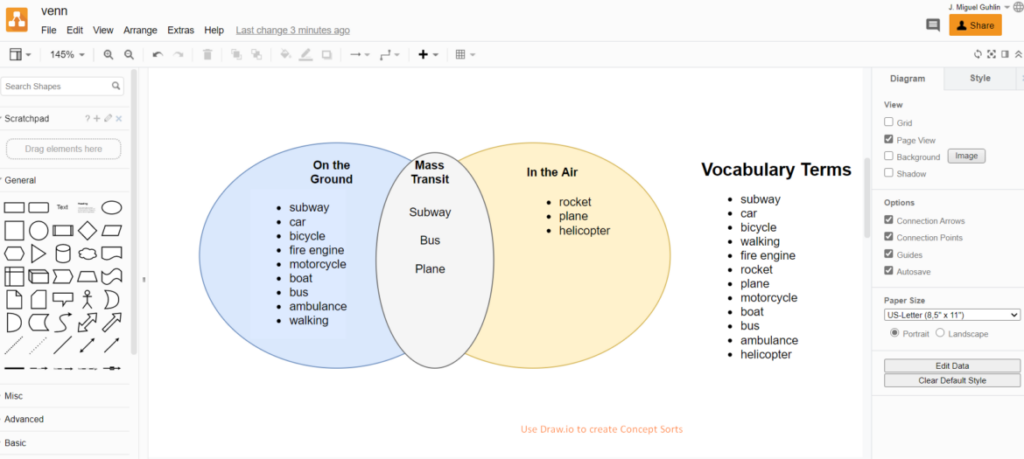
Compare and Contrast
Provide two similar books or stories and ask students to identify differences and similarities in themes, characters, and settings. They can use a Venn diagram to organize their thoughts. This activity not only sharpens their analytical skills but also encourages lively discussions about what makes each story unique. You can find tools to create your own Venn diagrams here.
Data Sorting
Use a simple dataset (like class survey results) and have students categorize the data, creating graphs or charts to represent their findings. This hands-on activity allows them to engage with real information, making analysis feel relevant and exciting!
Bonus: Make”Choose Your Own Adventure” Stories with Google Forms and AI
Collaborative Learning for Elementary Students
Collaboration is working effectively with others, sharing ideas, and integrating different perspectives to reach a common goal.
Imagine a group of young explorers navigating a treasure map together—that’s the essence of collaboration for elementary students! For young learners, developing collaboration skills is essential as it empowers them to communicate, share ideas, and build strong relationships. By fostering collaboration early on, students lay the groundwork for teamwork in future endeavors. Here are some impactful activities designed to cultivate collaboration skills in elementary learners.
Collaboration Activities for Elementary School
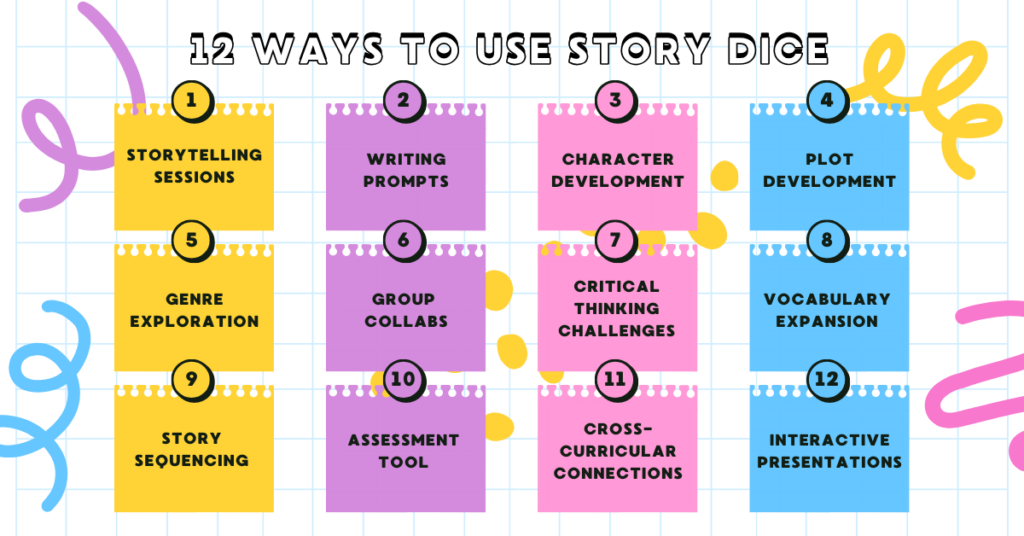
Group Story Creation
Have students sit in a circle and collaboratively create a story, with each student contributing a sentence. This encourages them to listen to each other and build on ideas, fostering communication and teamwork. Try using Story Dice to engage your students.
Team Building Games
Organize simple team-building games, “Pass the Hula Hoop,” that require students to work together to achieve a goal. These activities promote trust and cooperation among classmates. A favorite activity from young learners to adults is Save Fred. Give it a go!
Collaborative Art Project
Provide a large piece of paper or canvas for a group art project where each student adds their own element. This encourages creativity and collaboration as they negotiate how to combine their ideas into a cohesive piece.
Bonus: Friendship Quilts Bring History, Math, and SEL Together
Building Communication Skills Early
Communication is the ability to convey ideas clearly and effectively, both verbally and in writing.
Imagine a group of young friends excitedly sharing their favorite stories—that’s the essence of communication for elementary students! For young learners, developing strong communication skills is essential as it empowers them to express their thoughts, collaborate with peers, and build relationships. By fostering communication skills early on, students lay a solid foundation for future academic and social success. Here are some impactful activities designed to cultivate communication skills in elementary learners.
Communication Activities for Elementary School
Show and Tell
Organize regular “Show and Tell” sessions where students bring in an item of personal significance and explain its importance to the class. This encourages them to practice speaking in front of others and articulating their thoughts clearly. Explore six communication games and activities for elementary students here.
Story Circle
Create a story circle where students take turns adding a sentence to a group story. This activity promotes listening skills and encourages them to build on each other’s ideas, enhancing their verbal communication.
Role-Playing
Have students engage in role-playing scenarios that mimic real-life situations, such as ordering food at a restaurant or interviewing for a job. This helps them practice conversational skills and learn how to communicate effectively in different contexts.
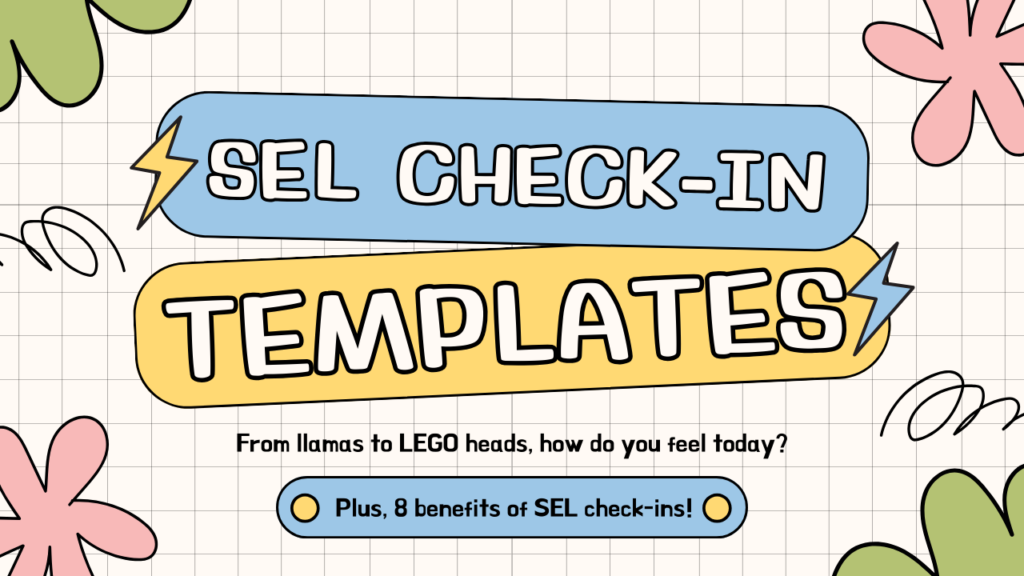
Bonus: 14 Editable SEL Check-In Templates
Nurturing Creativity in Young Minds
Creativity is the ability to generate original ideas and think outside the box, an essential skill for students as they navigate a rapidly changing world.
Imagine cultivating a garden of ideas where each student can plant their own unique vision—that’s the power of creativity! For elementary learners, fostering creativity means encouraging imaginative play and exploration. It empowers them to express their thoughts freely and develop problem-solving skills through innovative projects. Here are some engaging activities specifically designed to help elementary school students nurture this vital, future-ready skill. Let’s jump in!
Creativity Activities for Elementary School
Creative Storytelling
Provide students with a set of random images or objects and ask them to create a unique story connecting them. This activity enhances imagination and narrative skills, making it a fun way to develop storytelling abilities. Try the Emoji Writing Prompt generator for some added fun.
Invent a New Game
Challenge students to design a new game with specific rules and objectives. This encourages teamwork and creative thinking, allowing students to express their ideas in a playful context.
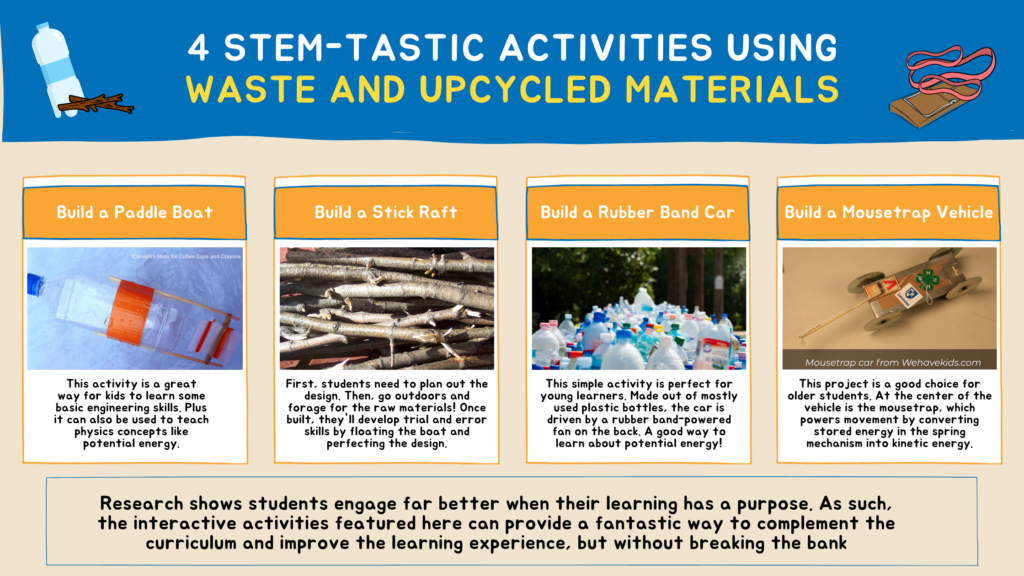
STEAM Projects
Integrate STEAM concepts into art by having students create projects that blend creativity with science and technology. For example, they can design a simple machine that performs a specific task using everyday materials or create art using coding platforms. For more inspiring ideas, check out this resource STEM-Tastic Activities.
Empowering Decision-Making in Students
Decision-making is weighing options and outcomes to make choices that align with goals and values.
Imagine being a captain, steering your ship through uncharted waters—that’s what decision-making is all about! For elementary learners, developing this skill is crucial as they begin to understand how to evaluate options and make thoughtful choices. As they practice decision-making, they learn to think critically, consider consequences, and build confidence in their decisions. Here are some engaging activities designed to foster decision-making skills in elementary students, helping them become empowered, thoughtful individuals ready for future challenges.
Decision-Making Activities for Elementary School
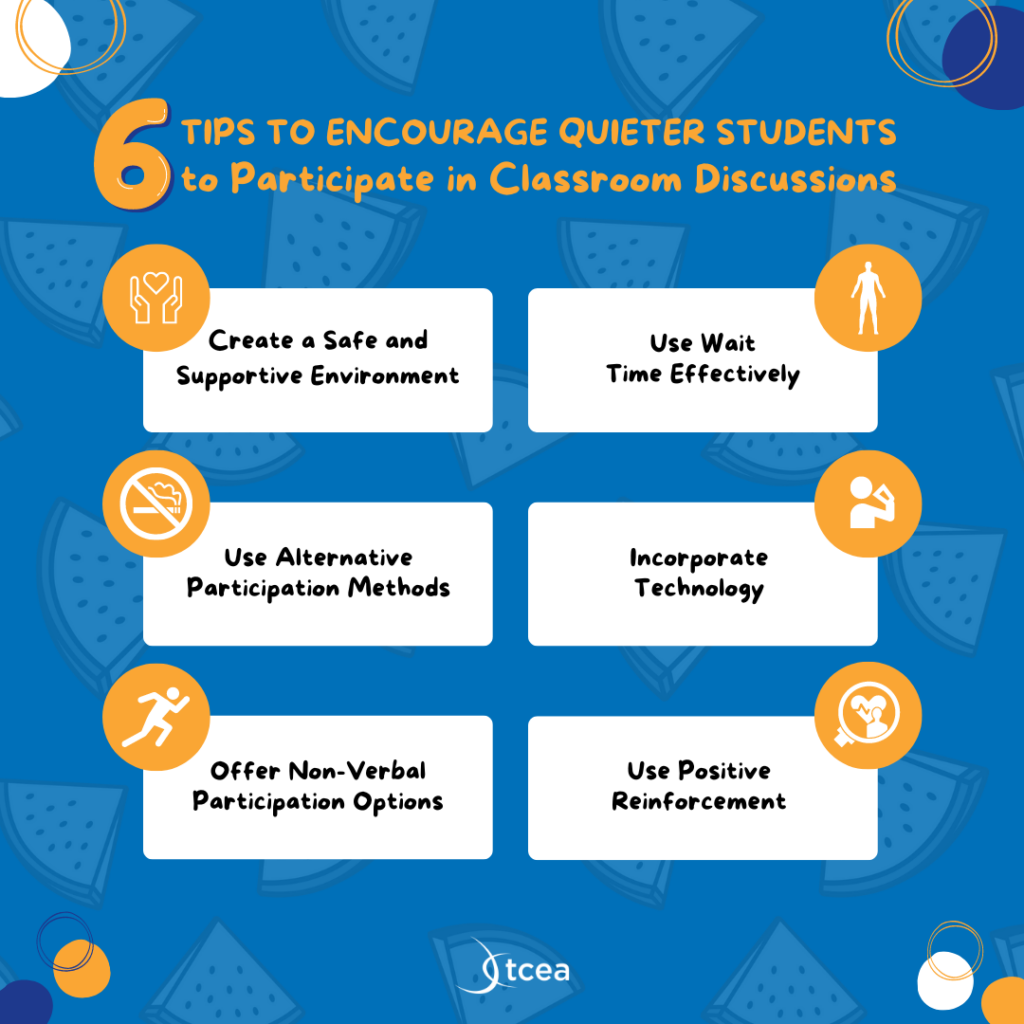
Classroom Discussions
Initiate discussions about a story or topic where students must share their opinions and justify them. This encourages them to think critically about their perspectives. Worried about the quieter students? You can find tips here to help everyone participate!
Mystery Box
Place several items in a box and have students guess their purpose. They must explain their reasoning, which promotes observation and analytical skills. This hands-on activity makes decision-making fun and interactive.
What If Scenarios
Present hypothetical scenarios (e.g., “What if animals could talk?”) and have students discuss the implications. This activity fosters imaginative and critical thinking, allowing them to explore different outcomes and their effects. You can find 320 creative questions from Making English Fun to get started.
Evaluation Skills for Elementary Students
Evaluation is assessing the credibility of sources, arguments, and evidence to make informed judgments.
Imagine being a judge, carefully assessing options and making informed decisions—that’s the essence of evaluation! For elementary learners, developing this skill is key to understanding how to analyze information, weigh pros and cons, and make thoughtful choices. As they practice evaluating different scenarios, they boost their confidence and enhance their critical thinking abilities. Here are some engaging activities designed to foster evaluation skills in elementary students, helping them become discerning thinkers ready for future challenges.
Evaluation Activities for Elementary School
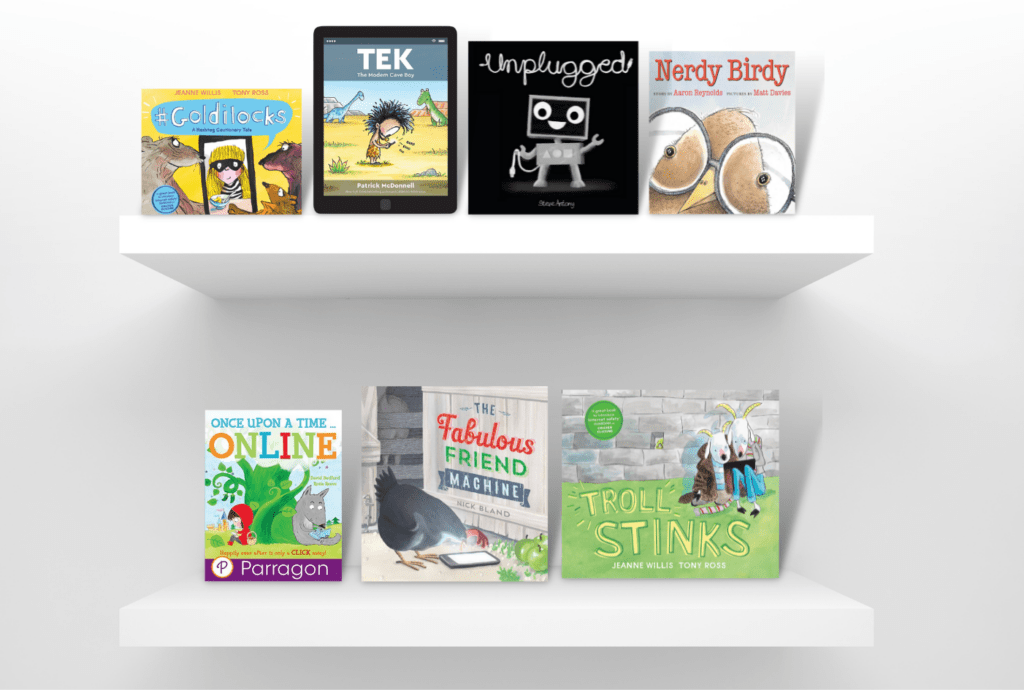
Picture Books Comparison
Have students read two different picture books and evaluate the illustrations, themes, and messages. They can create a chart to compare their findings and share them with the class. This not only hones their evaluation skills but also promotes a love for reading!
Classroom Voting
Present a few ideas for a class project or theme and have students discuss the pros and cons of each. They can then vote, explaining their reasoning for their choice. This activity encourages critical thinking and helps them understand the decision-making process. Need a tool to help with your polling? Try one of these resources.
Product Reviews
Provide students with a simple product (like a toy or game) and have them evaluate its features, benefits, and drawbacks. They can create a poster or a short presentation to share their reviews. This fun activity allows them to practice articulating their evaluations in a creative way.
Inference Skills in Elementary Education
Inference is drawing logical conclusions based on available information and data, even when not all details are clear.
Imagine being a detective, piecing together clues to uncover hidden meanings—this is the essence of inference! It’s all about reading between the lines and drawing conclusions from evidence, which is crucial for navigating complex texts and situations. For young students, developing inference skills is essential; it boosts their confidence as readers and thinkers, helping them understand and engage with the world around them. Here are some engaging activities designed to spark their curiosity and strengthen this important skill.
Inference Activities for Elementary School
Picture Walk
Before diving into a book, take a picture walk! Have your students look at the illustrations and make predictions about the story based on visual clues. This engaging activity encourages them to discuss their inferences as they read, making the story come alive!
Story Predictions
Before finishing a story, ask students to predict the ending based on clues provided throughout the text. Encourage them to share their predictions and the evidence they used to support their inferences. This not only enhances their analytical skills but also fosters a deeper connection with the narrative.
Character Inference
Read a story and pause at key moments to ask students to infer what a character might be thinking or feeling based on their actions and dialogue. This activity helps them develop empathy and critical thinking as they consider different perspectives.
Problem-Solving for Elementary Schoolers
Problem-solving is the ability to develop strategies to tackle challenges, including identifying root causes and generating creative solutions.
Imagine facing a fun challenge and figuring out how to overcome it—that’s the heart of problem-solving! For younger students, developing this skill is key to navigating obstacles, thinking creatively, and building resilience. As they tackle simple problems, they gain confidence and a sense of accomplishment that lays the groundwork for future challenges. Here are some engaging activities designed to foster problem-solving skills in elementary learners.
Problem-Solving Activities for Elementary School
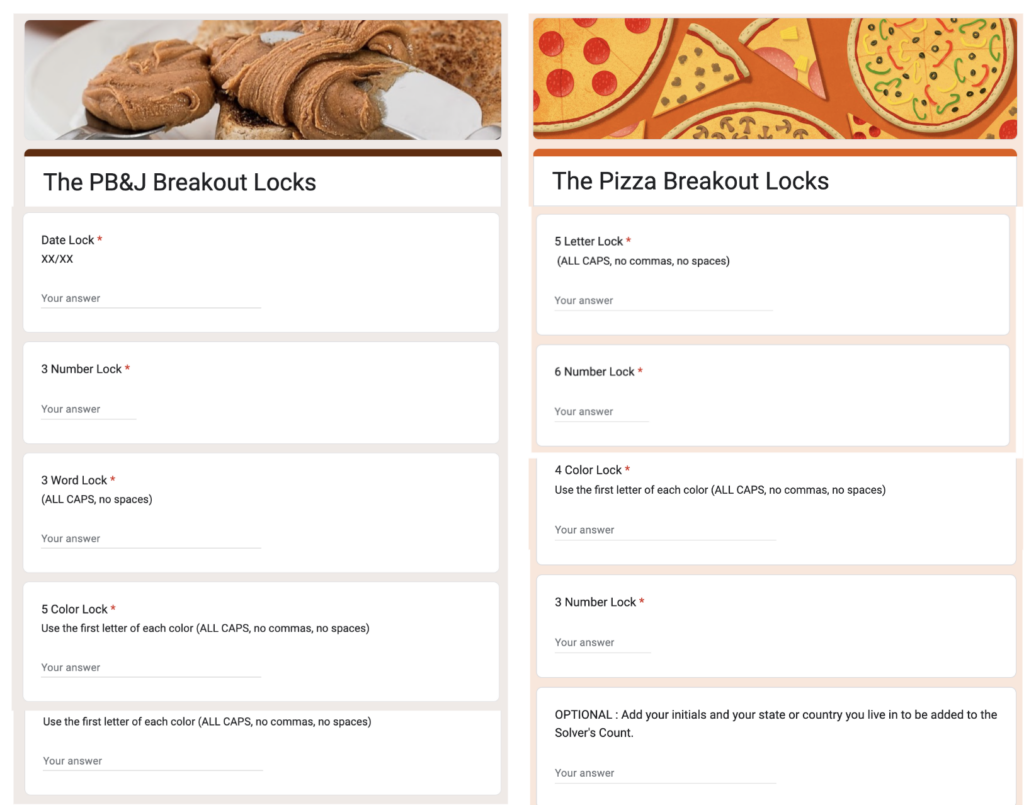
Puzzle Challenges
Provide students with a variety of puzzles (e.g., jigsaw, logic puzzles, digital breakouts or word searches) that require them to think critically to find solutions. This fun and interactive approach encourages them to collaborate and strategize. Check out these puzzle resources and digital breakouts for a quick start!
Math Word Problems
Create real-life scenarios that require students to use math to solve problems, encouraging them to identify the necessary steps to find a solution. This practical application of math not only sharpens their problem-solving skills but also helps them see the relevance of math in everyday life. You can find several examples of real-world math problems here.
Building Structures
Use materials like blocks or recycled items to challenge students to build a structure that meets specific criteria (e.g., height, stability). This hands-on activity fosters teamwork and creative problem-solving, allowing students to learn through trial and error as they bring their ideas to life.
Bonus: The Dump Truck-Incident: An Elementary Problem-Solving Challenge
Research Skills for Young Students
Research is the ability to gather information, analyze it critically, and draw informed conclusions.
Imagine a group of curious young detectives exploring their world, seeking answers to intriguing questions—that’s the essence of research for elementary students! For young learners, developing research skills is essential as it empowers them to seek knowledge, ask questions, and develop a love for learning. By fostering research skills early on, students build a strong foundation for future academic success. Here are some impactful activities designed to cultivate research skills in elementary learners.
Research Activities for Elementary School
Question of the Week
Present a new question each week related to a subject the class is studying. Have students research the answer using books, articles, and online resources, then present their findings to the class. This encourages curiosity and helps them practice gathering information.
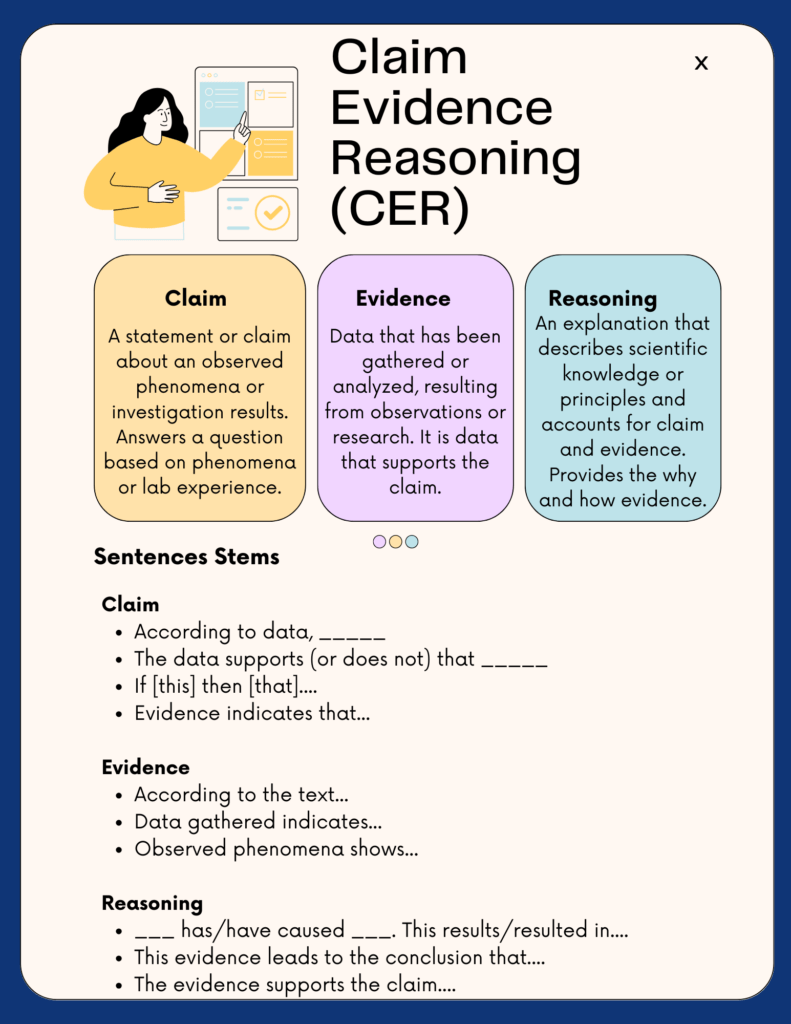
Nature Journals
Encourage students to keep nature journals where they document observations about plants, animals, and the environment. They can research facts about their observations and incorporate the concepts of Claim, Evidence, and Reasoning (CER) to structure their findings. This approach helps them analyze their observations and articulate their understanding more clearly.
Classroom News Report
Have students create a classroom news report about a recent event or topic they researched. They can include interviews, facts, and their opinions, helping them learn to synthesize information and present it in an engaging format.
Bonus: Resources to Teach Students about News Validity
Incorporating these critical thinking skills into elementary classrooms helps create a strong foundation for young learners. As they engage in activities that promote analysis and adaptability, students are better equipped to face future challenges with confidence. So, what types of activities are you using to foster critical thinking in your classroom? I’d love to hear your thoughts in the comments!

